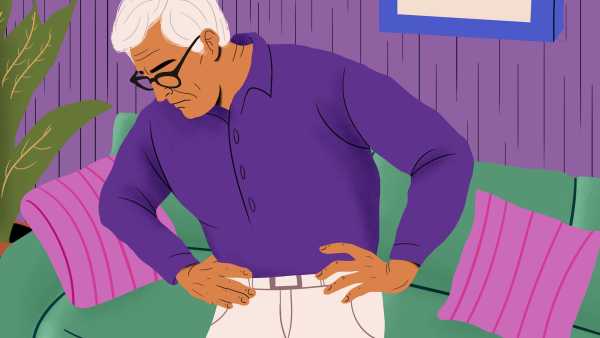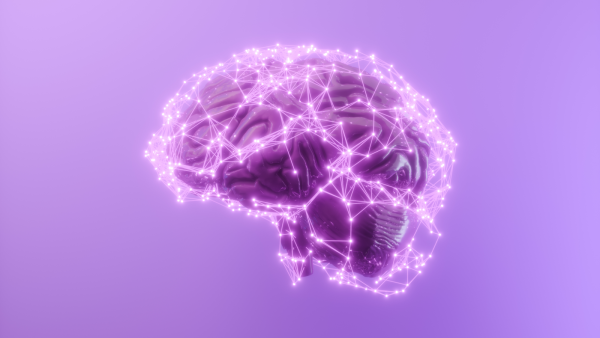
Some people may experience migraines soon after drinking even small amounts of red wine.
If you enjoy the occasional Shiraz or Chianti, you're probably familiar with the dreaded “red wine headache.” This discomfort may be caused by a compound known as quercetin, which interferes with the body's ability to break down alcohol, according to research by scientists.
Quercetin is an antioxidant found in many fruits and vegetables, including grape skins, and some people take it as a supplement for its supposed health benefits. However, at least in the lab, scientists have found that it blocks an enzyme known as aldehyde dehydrogenase (ALDH), which plays an important role in metabolizing alcohol in the liver.
Alcohol in the body is first processed by alcohol dehydrogenase (ADH), which breaks it down into a toxic compound called acetaldehyde. ALDH then quickly neutralizes this toxin, converting it into substances that can be broken down into water and carbon dioxide. But if what happens in the lab also happens inside the body, quercetin can cause a buildup of acetaldehyde. High levels of this toxin can lead to hot flashes, headaches, and nausea.
The findings, published Monday (Nov. 20) in the journal Scientific Reports, have not yet been confirmed in humans. However, because red wine contains significantly more quercetin than other alcoholic drinks, the authors believe the compound is likely the source of headaches.
“We believe we are finally on the right track to solving this ancient mystery,” said study co-author Dr. Morris Levin, a professor of neurology at the University of California, San Francisco.
Scientists have put forth many theories to explain the headaches that often appear 30 minutes after the first sip of Merlot, including that preservatives like sulfites or inflammatory chemicals like histamine are to blame. However, other studies have refuted these theories. In one study, for example, varying histamine levels in Pinot Noir did not affect how well one could tolerate the wine, as reported in The New York Times.
Now, the authors of a new study think they may have an answer. “When it [quercetin] enters your bloodstream, your body converts it into another form known as quercetin glucuronide,” said study co-author Andrew Waterhouse, a wine chemist at the University of California, Davis. “In this form, it blocks the metabolism of alcohol,” he added.
The authors conducted specific chemical experiments in the lab using samples of quercetin and its derivatives, as well as purified ALDH enzyme. After finding that quercetin glucuronide inhibited ALDH, the authors concluded that one standard glass of red wine—about 5 ounces (147 milliliters)—could theoretically result in blood levels of quercetin glucuronide that would inhibit ALDH by up to 40%. These estimates are based on previous studies examining blood quercetin levels in humans after drinking wine, which were factored into the current study’s predictions regarding ALDH inhibition.
The authors plan to test their hypothesis in a small human study, in which they will compare people's responses to red wines with different quercetin levels to see whether people are more or less likely to develop headaches.
If the results are confirmed in human studies, it could allow consumers to choose wines with different levels of quercetin ending up in their glass.
Quercetin is formed when grapes are exposed to sunlight, so varieties grown in different regions will contain different amounts of the compound. The amount of contact a wine has with the grape skins during fermentation, as well as the methods used to clean and age it, can also affect quercetin levels. For production
Sourse: www.livescience.com





